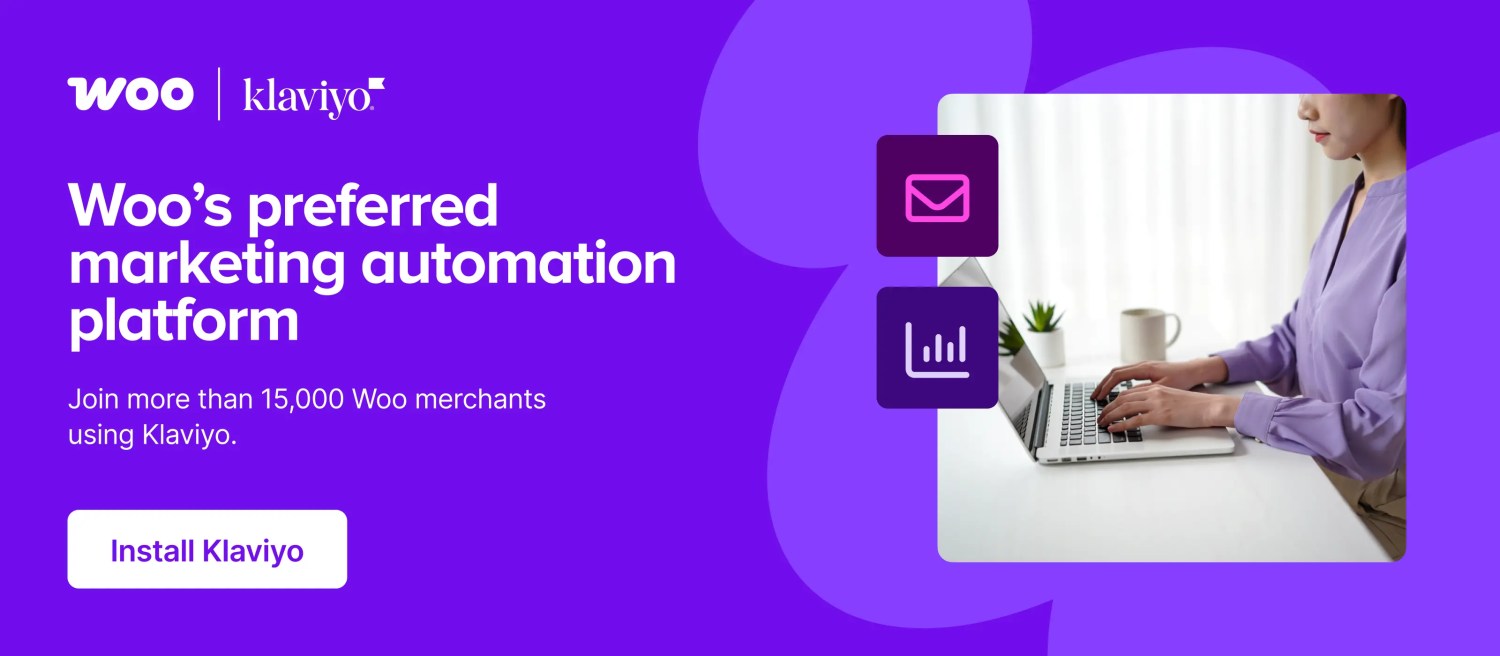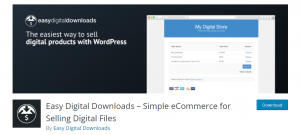When you think of automation in ecommerce, what comes to mind? There’s greater day-to-day efficiency; aligning processes that are usually disjointed to become more seamless and unified; you can get rid of manual, repetitive tasks where mistakes are likely to be made; plus, you can take pressure off the need to expand the workforce — saving time and money.
Take one study that claimed, on average, an ecommerce business saves 750 staff hours a year by introducing automation. That’s 750 hours you can now spend on launching new products, or improving customer experience, instead of drowning in admin.
But automation is not just a tool to make your business more efficient. It’s a crucial strategic asset to make sure you build deep and long-lasting relationships with your customers. So, we’ve outlined five ways that automation can help bring game-changing gains to your business.
1. Boosted marketing impact and sales
Create automated customer flows that are dynamically adjusted based on buyer behavior, purchase history, and preference. Messaging like gentle reminders for customers who’ve abandoned their cart, or post-purchase value-led emails like product how-tos, can lead to an 80% increase in revenue according to a recent study by Oracle.
When it comes to pricing, automated dynamic pricing tools can automatically change according to marketing trends like if a competitor lowers their price, or inventory stock is running low, or if demand suddenly skyrockets, which means you’re less likely to fall into the trap of pricing yourself out of a sale.
Automated tools keep an eye on how well your marketing is doing, from how much it costs to get a new customer, to how many people actually buy after seeing an ad. You no longer have to monitor ROI so closely, because the system can automatically shift your money to the best-performing ads or channels.
2. Improved CX with self-serve and real-time service
Give customers a better experience by always keeping them in the loop. Send them real-time updates to confirm their order, or to track their delivery. If they have any questions, implement chatbots, so you can respond even faster and customers don’t have to wait for answers.
But ideally, make it easy for people to find the answers themselves any time they want, which in turn makes customers feel a sense of loyalty and trust towards your brand because of the consistent and hassle-free buying experience.
3. Scalable personalization
Manual personalization efforts take up massive amounts of time and energy from a team — making them unsustainable as the business grows. Automation takes over these repetitive tasks, which frees up your team to work on more strategic efforts, like campaign planning and product launches.
Automation also reduces the potential for human error, especially when your systems are properly linked to share accurate, up-to-date information. This means that customers receive what they expect, when they expect it, without placing excessive demands on your business.
4. Better customer relationships
Relevance is a huge part of keeping new customers curious and holding their hand all the way to the checkout. Create drip campaigns — a series of carefully curated and personalized messages sent over time — to nudge them ever closer to buying. This curated information is shaped by their real-time behavior, like what they’ve browsed or clicked, so these messages become incredibly personal and are more likely to turn intrigue into sales.
Smile Brilliant boosted revenue by 47% using Klaviyo’s automated email and SMS flows integrated with WooCommerce. By triggering personalized messages based on customer behavior — like dentist referrals, product views, and survey responses — the oral care brand delivered highly relevant communications at scale.
These automations helped drive a 36% repeat purchase rate and a 39x ROI on their Klaviyo investment. With over 50 custom profile properties powering 1:1 messaging, Smile Brilliant continues to grow its customer base while making every interaction feel personal.
5. Data-driven customer experiences
Ultimately, data helps you understand your customers better and make smarter decisions about how to serve them best. By adding automation to your ecommerce business, you’ll end up running things more efficiently, syncing data across CRM, customer experience, and other communication channels, which is proven to drive more interactions with your brand.
For instance, when a customer visits your store for the first time, you can automate a pop-up message encouraging them to sign up for your newsletter. After they sign up, you can send them a welcome email and introduce them to your products. Ideally, they’ll engage and browse your website again, so you can collect more data about their shopping habits.
This snowballing feedback loop means that the more data you collect, the more insight you’ll have into their buying behavior, and the more you can strengthen your brand perception and relevance.
Klaviyo is Woo’s preferred marketing automation platform for a reason: its direct integration with your store allows for complex, scalable automation that helps businesses connect with customers and convert more carts.
Here are a few ways Klaviyo provides up to 46x ROI for ecommerce businesses:
1. Automated marketing flows
Use AI-crafted, automated flows to set up personal, well-timed customer journeys based on user interests and behaviors. Interactions such as product views, purchases, and loyalty program sign-ups can all be used to inform your personalization strategy.
2. Customize journeys in real time with split logic
Implement split logic, which gives your team the ability to change the journey so it stays relevant to the customer’s behavior. This is useful for customers that are in the same personalized flow, but take different follow-up actions: if someone opens an email or buys a product, they’ll receive a different follow-up message than someone who didn’t.
3. Use webhooks to set custom event triggers
Use webhooks in Klaviyo with other tools to trigger event-based actions, like confirming newsletter signups, sending a discount code on a customer’s birthday, or updating customer reward points.
Growth can be limited by human capacity. But that’s where automation can step in to take over repetitive tasks so your team can prioritize more complex creative work and strategy.
It’s not about replacing humans with robots; it’s about making sure you can give customers even better personalized experiences, and grow your company, while protecting the wellbeing of your team.

About
Nicola Hodd
Nicola leads Marketing Operations at Woo, helping make the Klaviyo magic happen amongst other things! Outside of work she’s busy running around after a toddler and a Alaskan Klee Kai with a long list of crafting hobbies that never happen.

